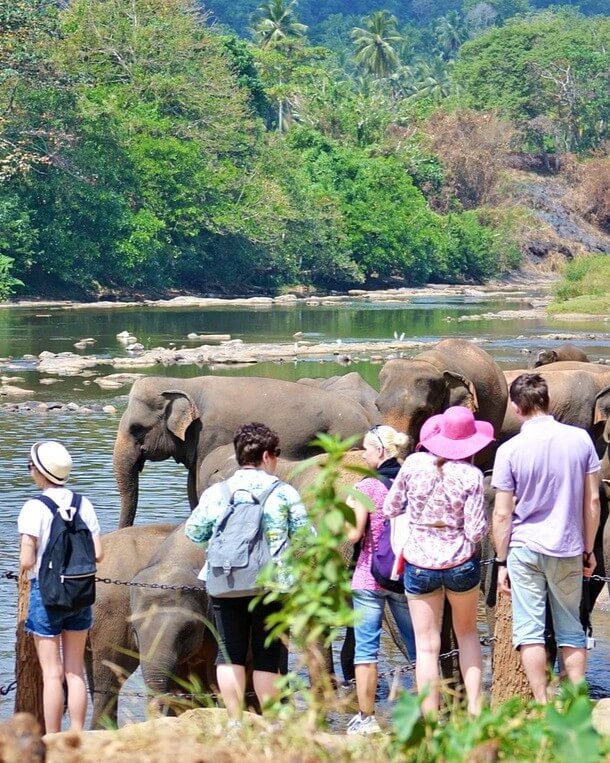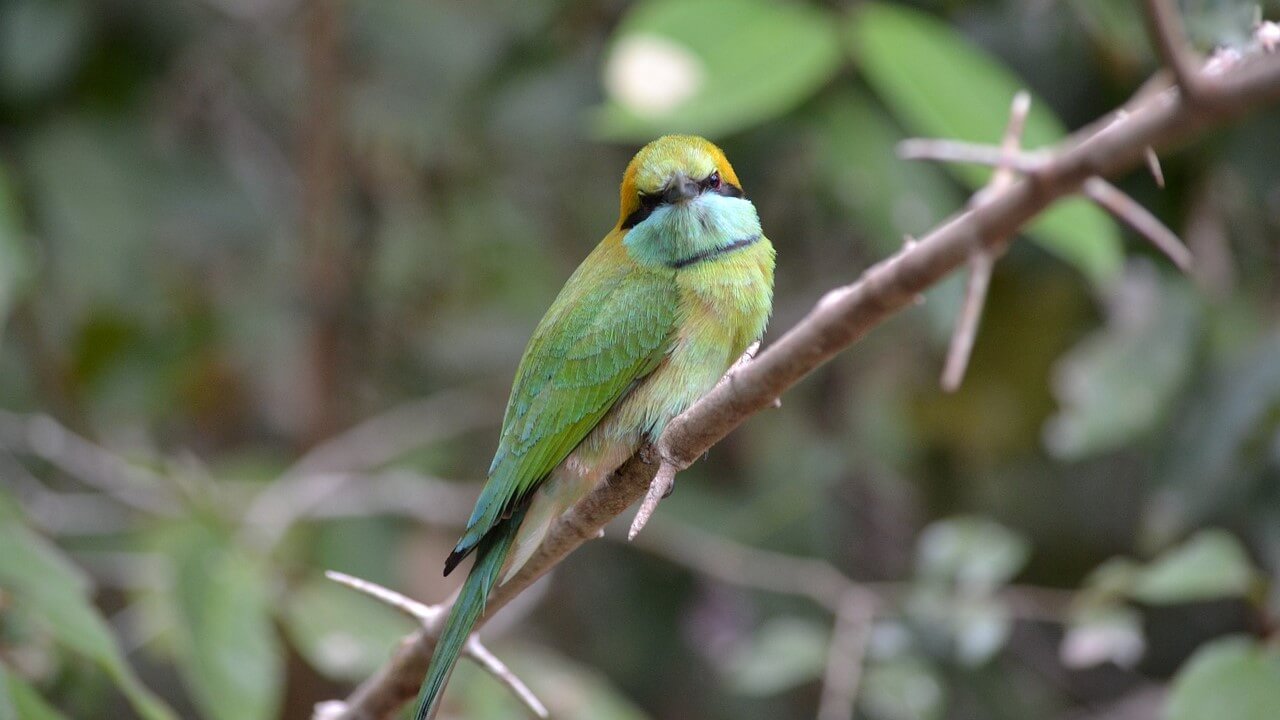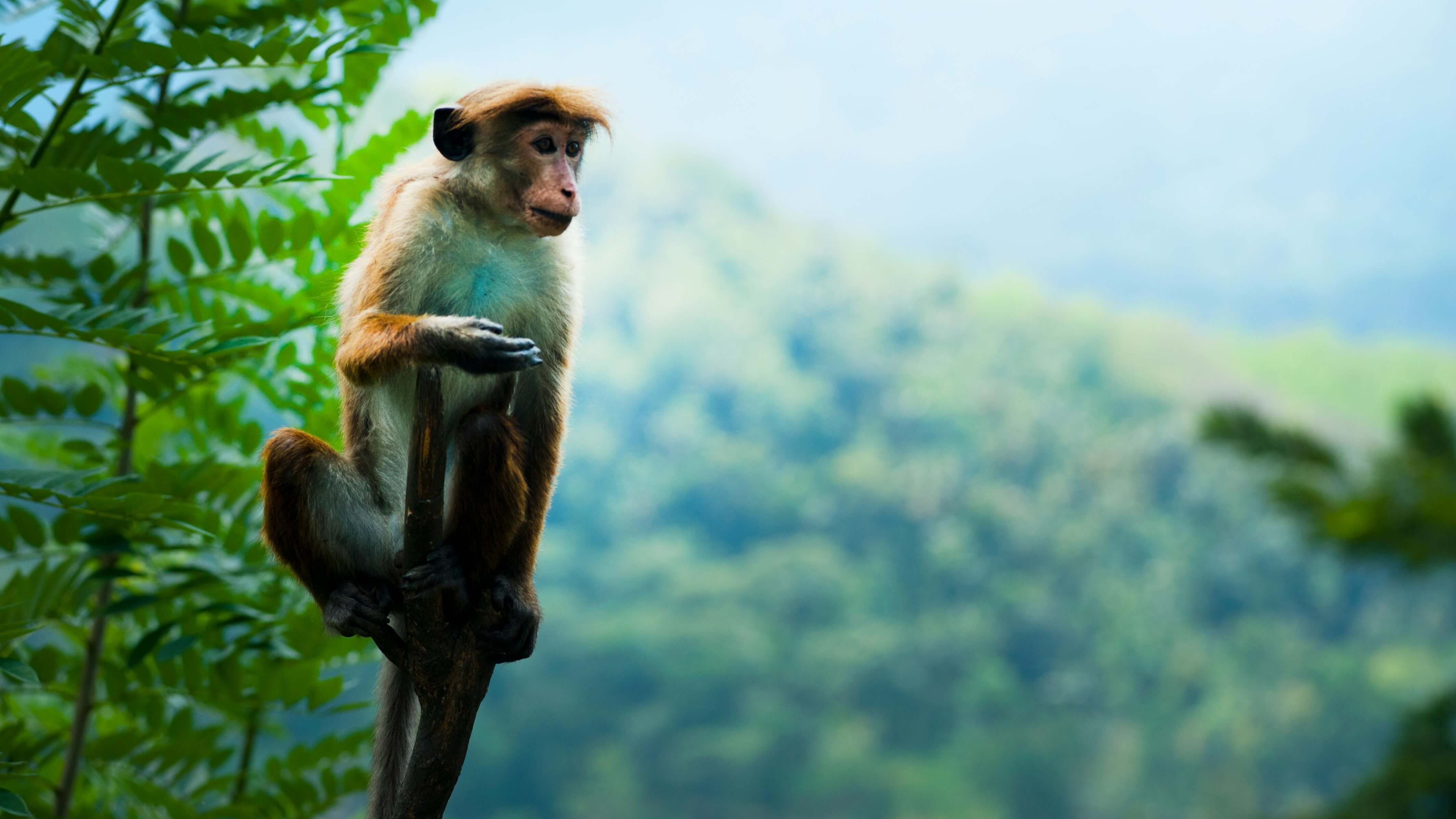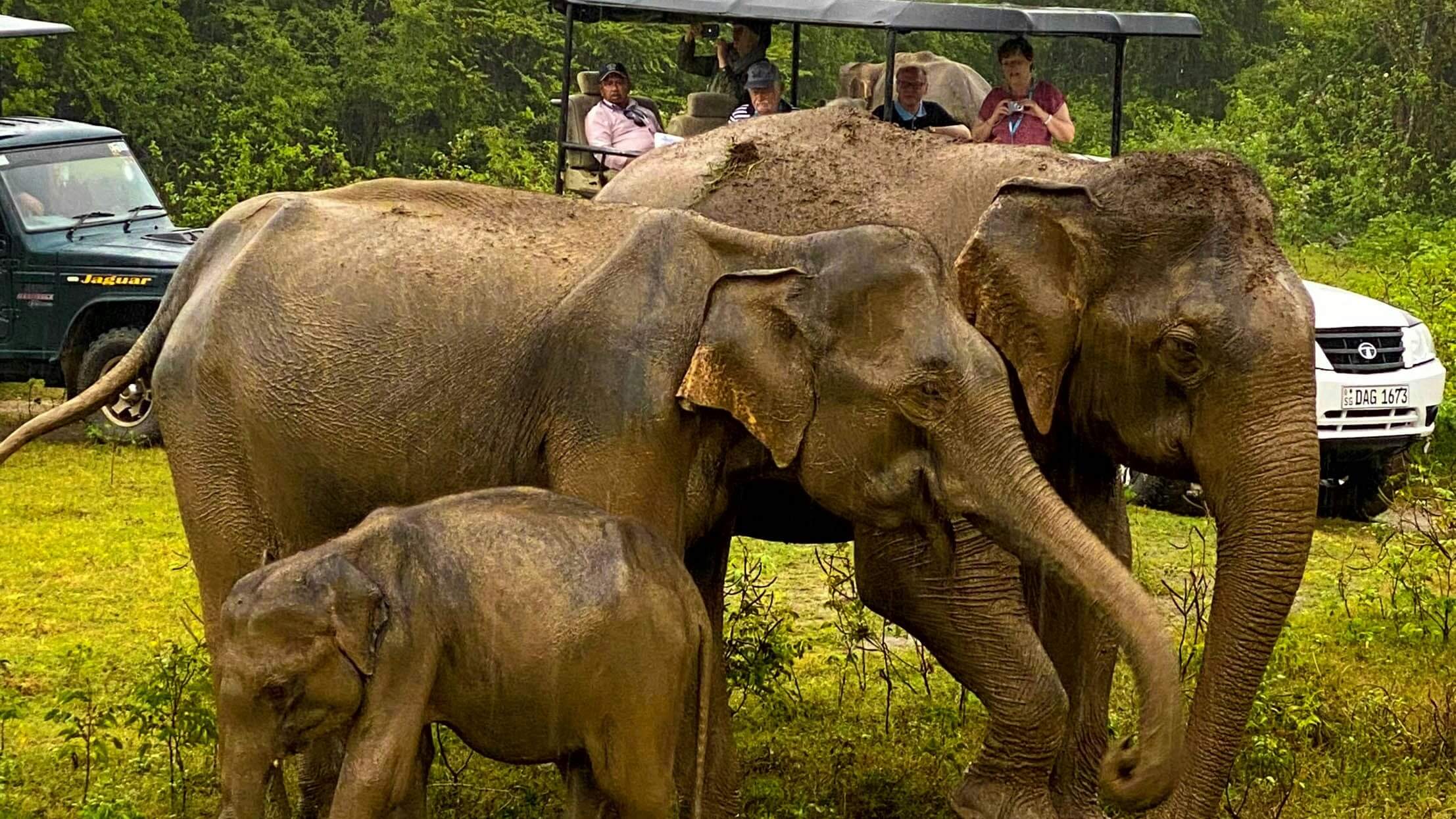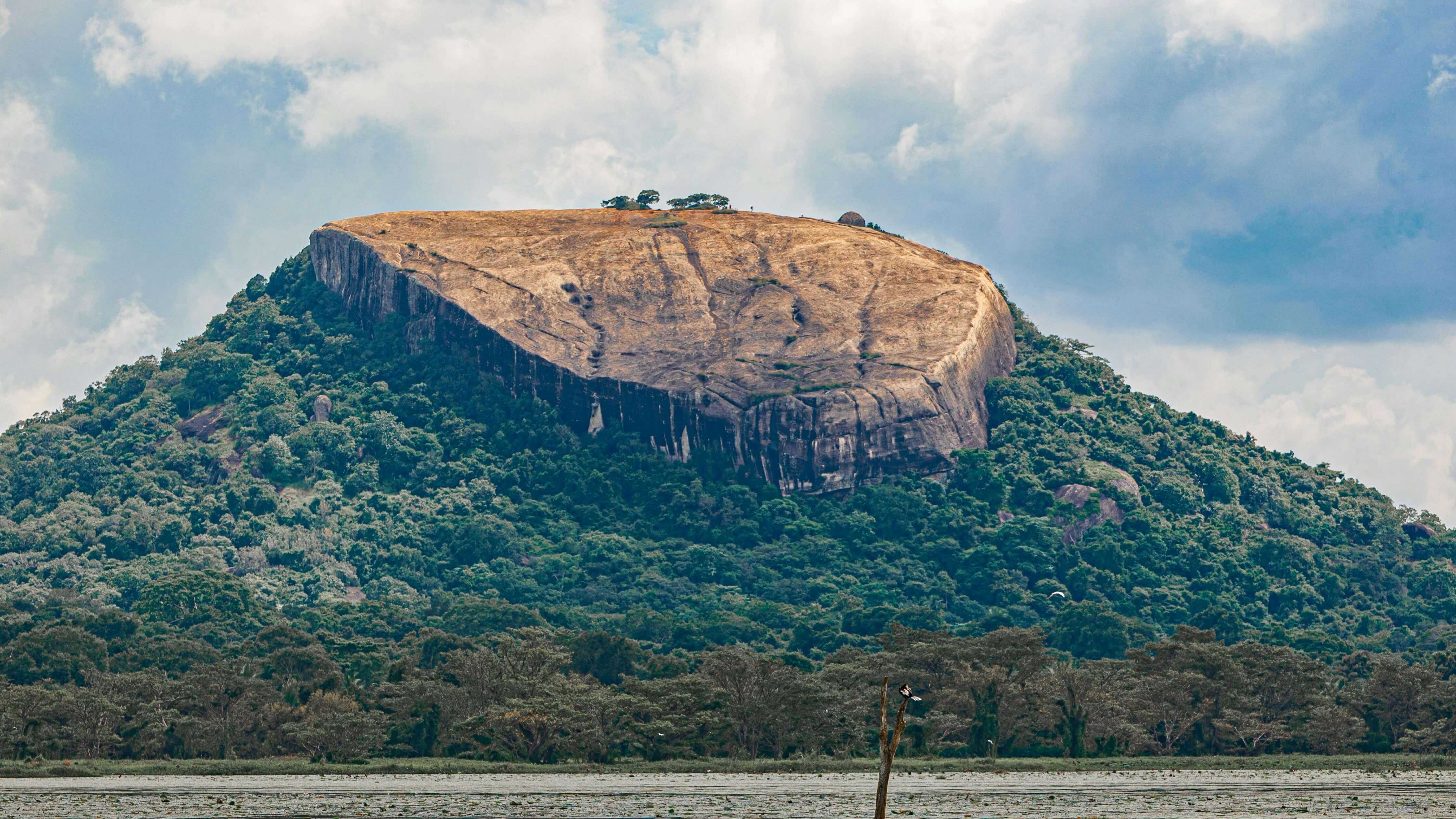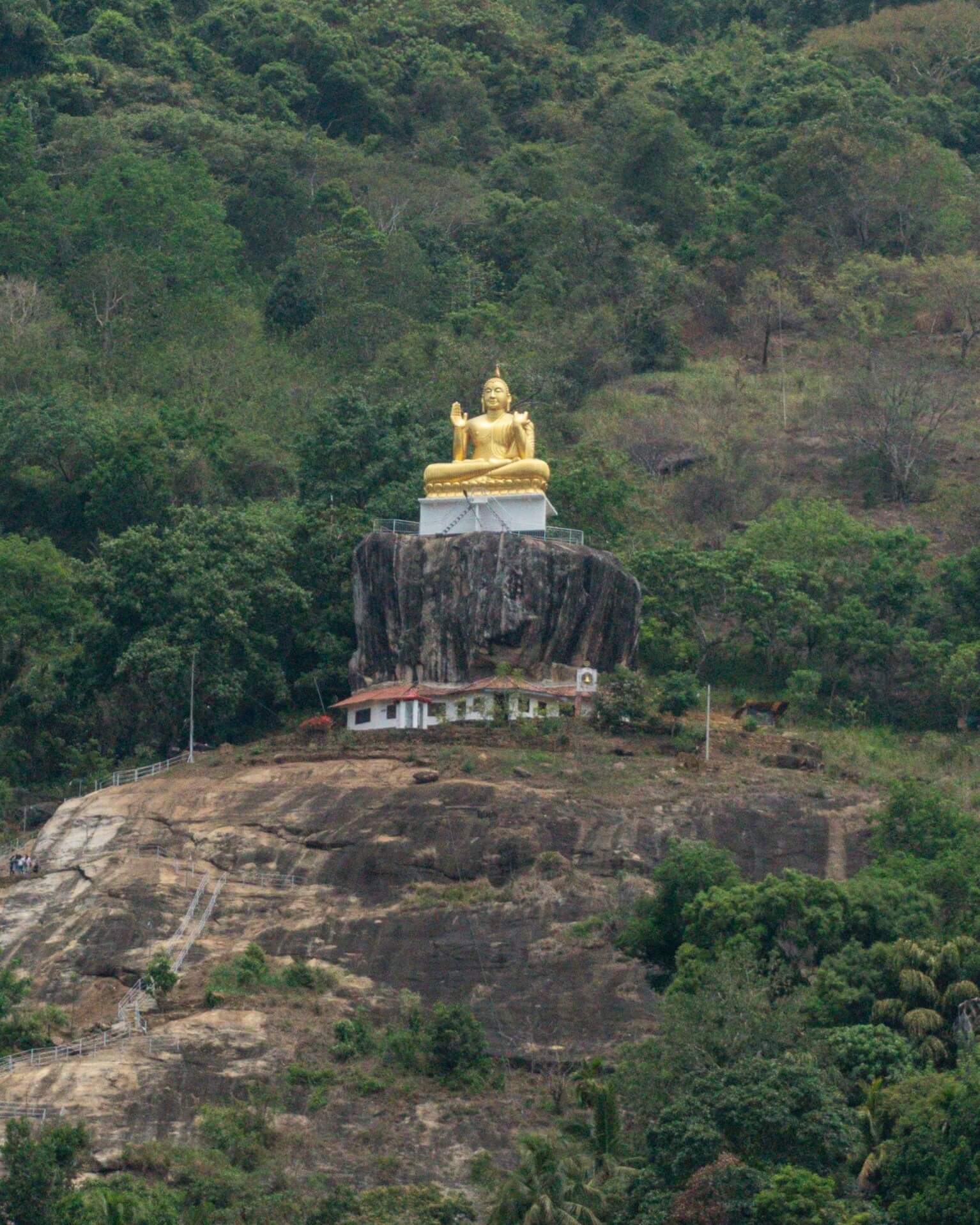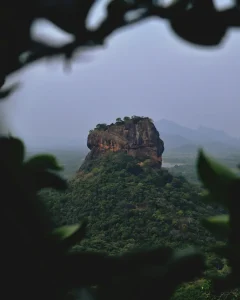Dambulla Cave Temple
Golden Temple Dambulla
Nestled on a massive rock, the Dambulla Cave Temple is one of the most sacred Buddhist sites in Sri Lanka. With over 2,000 years of history, this temple complex features beautiful cave paintings, ancient Buddha statues, and stunning rock carvings. Recognized as a UNESCO World Heritage Site, it is a must-visit destination for travelers seeking history, spirituality, and breathtaking art.
Introduction
Dambulla Cave Temple, also known as the Golden Temple of Dambulla, is the largest and best-preserved cave temple complex in Sri Lanka. This sacred site consists of five caves, filled with over 150 Buddha statues and intricate murals that date back to the 1st century BC. Perched on a 160-meter-high rock, the temple offers panoramic views of the surrounding plains and a deep spiritual experience.
History of Dambulla Cave Temple
A Refuge for Kings (1st Century BC)
The temple’s history dates back to King Valagamba (103 BC), who took refuge in the caves after being exiled from Anuradhapura. After regaining his throne, he transformed the caves into a sacred Buddhist monastery to express his gratitude. Over the centuries, many kings expanded and renovated the temple, adding more paintings and statues.
Contributions from Different Kingdoms
Anuradhapura Era: The first paintings and Buddha statues were created.
Polonnaruwa Era (12th Century): More statues and decorations were added.
Kandyan Era (17th-18th Century): The caves were restored, and the famous Kandyan-style murals were painted.
Today, the temple remains an active Buddhist site, attracting thousands of pilgrims and tourists each year.
Inside the Dambulla Cave Temple
The Five Caves – A Treasure of Buddhist Art
Cave 1: Devaraja Viharaya
- Houses a 14-meter-long reclining Buddha statue, carved directly from the rock.
- Hindu deity Vishnu’s painting is present, showing Buddhist-Hindu cultural fusion.
Cave 2: Maharaja Viharaya
- The largest and most impressive cave in the complex.
- Features 56 Buddha statues and statues of King Valagamba and King Nissanka Malla.
- The ceiling and walls are fully covered with murals, depicting stories from the Buddha’s life.
Cave 3: Maha Alut Viharaya
- Contains 50 Buddha statues, including a striking seated Buddha under a Makara Torana (Dragon Arch).
- The walls feature Kandyan-style paintings.
Cave 4: Paccima Viharaya (Western Temple)
Smallest cave with a seated Buddha statue and smaller stupa.
Cave 5: Devana Alut Viharaya
The newest cave, featuring modern Buddha statues made of brick and plaster.
Stunning Murals and Rock Paintings
- Over 2,100 square meters of Buddhist murals cover the cave walls and ceilings.
- These paintings illustrate Buddha’s life, Jataka stories, and important Buddhist symbols.
- The bright colors and delicate brushwork make them a masterpiece of ancient Sri Lankan art.
The Golden Temple and the Giant Buddha Statue
Near the cave complex is the Golden Temple of Dambulla, which features a 30-meter-tall golden Buddha statue sitting on a lotus throne. This modern addition (built in 2001) is a symbol of Dambulla’s religious importance.
BEST VISITING HOURS:
Early morning or late afternoon (to avoid the midday heat and crowds)
The temple is open daily from 7:00 AM to 7:00 PM.
ENTRY FEE:
Foreign Visitors: Around $10-15
Sri Lankan Citizens: Lower price (varies by age and status)
BEST WAY TO EXPLORE:
Walking up to the caves (a moderate climb)
Tuk-tuk or private vehicle for easy access

